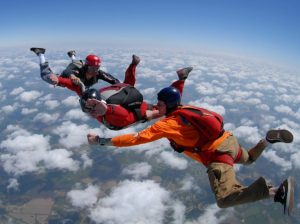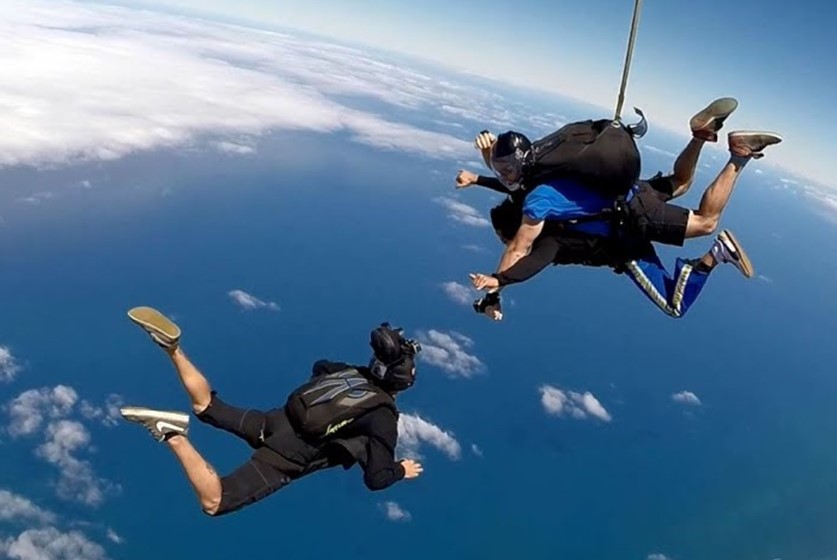So You Want to Skydive? Exploring Jump Heights
Skydiving is an exhilarating activity that offers a unique perspective of the world. But before you take the leap, you might be curious: just how high do you actually jump from? The answer, like many things in skydiving, depends on a few factors. Let’s delve into the fascinating world of skydiving altitudes!
The Thrill Zone: The Average Jump Height
For most first-time skydivers, the skydiving experience begins at around 10,000 feet. This altitude strikes a perfect balance – high enough to provide an extended freefall experience filled with adrenaline-pumping moments, yet low enough to ensure ample time for parachute deployment and a safe descent. This sweet spot is often achievable with popular skydiving aircraft like the Cessna 182.
Tandem vs. Solo: Tailoring the Jump Height
The type of jump you choose can also influence the altitude. Tandem skydiving, where you’re securely harnessed to a licensed instructor, typically starts between 8,000 and 14,000 feet. This range allows for a comfortable freefall experience while ensuring enough time for the instructor to guide the deployment of the main parachute and the reserve if needed.

For licensed skydivers, the options open up considerably. Experienced jumpers can choose from a variety of altitudes depending on their skill level and desired experience. Here’s a breakdown:
- Hop and Pop (3,500 – 5,500 feet): This low-altitude jump offers a quick burst of freefall for experienced skydivers who want to maximize the number of jumps in a day.
- Standard Jumps (10,000 feet): Many drop zones offer jumps around this familiar altitude, providing a good balance between freefall time and a comfortable descent.
- High-Altitude Jumps (HALO – High Altitude, Low Open): For the truly adventurous, HALO jumps can begin at 25,000 feet or even higher. However, these jumps require specialized training, oxygen equipment, and a team of experienced jumpers for safety reasons.
Safety First: Altitude Considerations
No matter the jump height, safety is paramount in skydiving. Several factors influence the chosen altitude, including:
- Aircraft capabilities: The type of aircraft used for the jump will determine the maximum achievable altitude.
- Weather conditions: Wind speed and visibility can influence the safe jump height on a particular day.
- Jump purpose: Competition jumps or specific formations may require adjustments to the jump height.
- Jumper experience: For beginners, a lower altitude ensures ample time for proper freefall training and parachute deployment.
So, the next time you hear about skydiving, remember that the jump height is a carefully considered decision. Whether it’s the heart-stopping heights of HALO jumps or the widely used 10,000-foot range, each altitude offers a unique skydiving experience.
